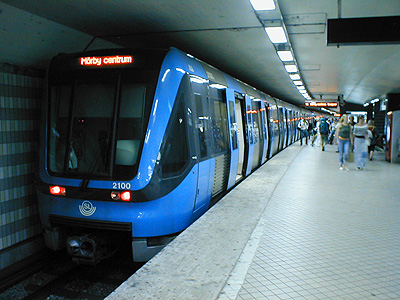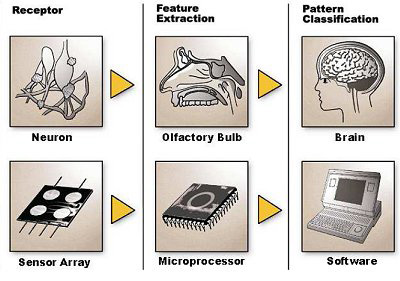Electronic nose sniffs health hazards
09 March 2009
An advanced ‘electronic nose’ system, first developed to monitor the air quality inside space stations, is now being used to save lives on the ground. The system was successfully operated on two ESA missions to the Mir space station in 1995 and 1997. It proved its worth when it ‘smelled’ the early signs of a potentially deadly fire on board.
The electronic nose has three elements. An advanced sensor detects tiny amounts of unusual substances in the air. A microchip recognises these contaminants. A software processing system then sends out an alarm if they are harmful.
In recent years, engineers from Germany and Sweden, supported by ESA, have developed the system for industrial applications. As a result, it has been introduced as a fire detection system to provide early warning of fires in Stockholm’s metro system. Capable of sniffing out the first signs of smoke in the city's 56 metro stations and 60 km of tunnels, the electronic nose is much less affected by humidity and fine dust than previous detection systems.
The system has also shown its value as an early warning system for hospital germs. The early detection of viruses and infections is vital in saving the lives of patients who have received organ transplants or are in intensive care units. Bacteria and fungi in the air also pose a high risk of infection for patients breathing artificially. By identifying these airborne microbes, the electronic nose makes it easier to prescribe the correct medicine and acts a vital tool in fighting infections.






